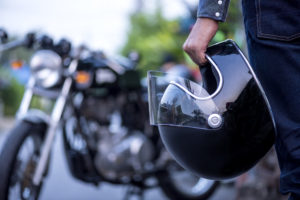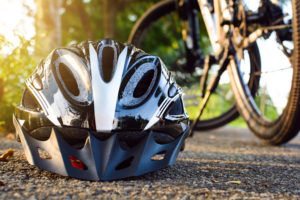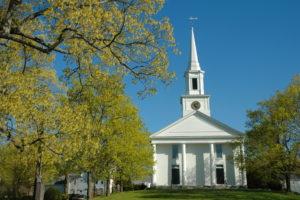Two separate incidents led to carbon monoxide poisoning in Utah this month in connection with recreation activities. The first resulted from campers using a propane heater to keep them warm during the night. The Salt Lake Tribune reported about the death of two campers who used a propane heater inside their tent while they slept. The article warns that virtually anything that burns fuel will give off carbon monoxide. These sources include kerosene lanterns, propane stoves and heaters, and idling vehicles. It is not unusual for campers to feel the need to use a heating source inside tents while they sleep to take the edge off of the nights when temperatures can dip into the 30s. As illustrated by this tragic case, this decision can be a fatal mistake.
The second accident involved a grandfather and his grandson who simply pulled a tarp over their small fishing boat to avoid the rain while they were fishing on the lake. The boat was discovered by other boaters who became concerned with the drifting boat. Luckily, the two boaters were found and transported to a local hospital where they were successfully treated for carbon monoxide poisoning that resulted from the fumes of the boat’s motor becoming trapped under the enclosing tarp.
People traveling to the mountains, lakes and wilds should be prepared for lower temperatures, especially during the nights when the thermometers can drop into the freezing zone, even during the summer. Under no circumstances should heaters that burn fuel or engines be allowed to run in tents, campers, or covered areas where sleepers may be exposed to the undetectable perils of carbon monoxide.
A very informative governmental site is provided by the EPA that explains in detail potential sources of carbon monoxide and the potential dangers of exposure. This expanded list of sources includes the following:
Unvented kerosene and gas space heaters; leaking chimneys and furnaces; back-drafting from furnaces, gas water heaters, wood stoves, and fireplaces; gas stoves; generators and other gasoline powered equipment; automobile exhaust from attached garages; and tobacco smoke. Incomplete oxidation during combustion in gas ranges and unvented gas or kerosene heaters may cause high concentrations of CO in indoor air. Worn or poorly adjusted and maintained combustion devices (e.g., boilers, furnaces) can be significant sources, or if the flue is improperly sized, blocked, disconnected, or is leaking. Auto, truck, or bus exhaust from attached garages, nearby roads, or parking areas can also be a source.
Keep this list of sources for carbon monoxide in mind next time you think of a trip to the outdoors. Remember the victims in the Utah mountains who were tragically overcome by the unseen, odorless gas during their sleep. Sleepers are unable to recognize the slow advance of symptoms of carbon monoxide. Consequently, the risk of death by carbon monoxide is much higher for sleeping people. Additionally, altitude decreases the time necessary for a fatal dosage of the gas. Avoid anything that provides heat through burning fuel of any kind. Enjoy the outdoors, but remember to avoid any burning sources of heat as you sleep. Instead, take an extra blanket or two.

The Legal Examiner and our Affiliate Network strive to be the place you look to for news, context, and more, wherever your life intersects with the law.











Comments for this article are closed.